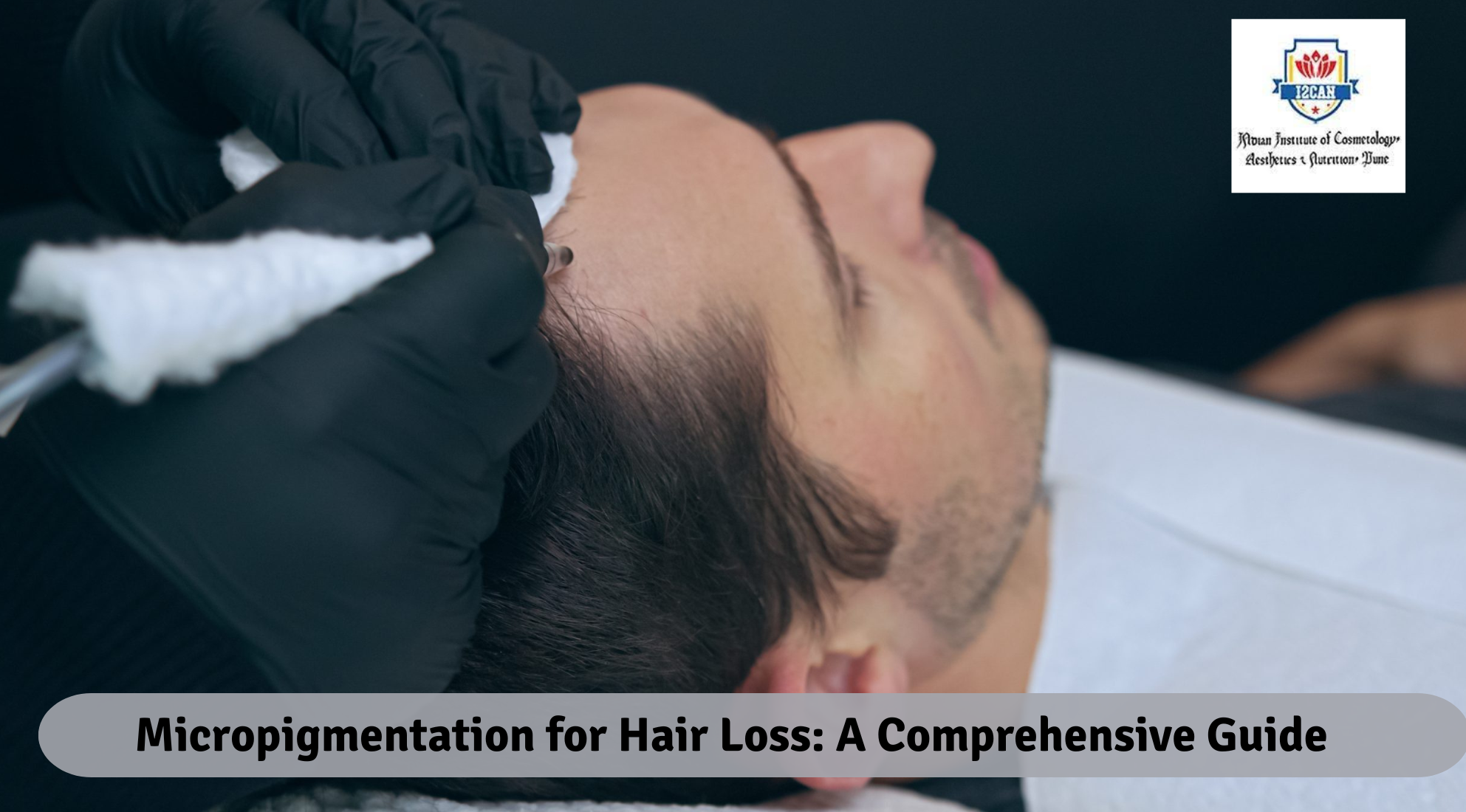Hair loss can be a challenging experience for many individuals, impacting their self-esteem and confidence. While there are various solutions available, micropigmentation has emerged as a popular and effective technique to address the concerns of those dealing with hair loss. In this comprehensive guide, we will delve into the world of micropigmentation, exploring its process, benefits, considerations, and potential side effects.
I. Understanding Micropigmentation:
Micropigmentation, also known as scalp micropigmentation (SMP), is a non-surgical cosmetic procedure designed to mimic the appearance of a closely shaved scalp or enhance the density of existing hair. Unlike traditional tattooing, micropigmentation uses specialized pigments and techniques to create a natural-looking illusion of hair follicles.
II. The Micropigmentation Process:
- Consultation: The journey begins with a consultation, where a qualified practitioner assesses the client’s hair loss pattern, discusses their expectations, and develops a personalized plan.
- Design: The practitioner then designs the hairline and determines the appropriate pigment color to match the client’s natural hair color and skin tone.
- Pigmentation: Using a specialized micropigmentation machine, the practitioner deposits the pigments into the scalp’s upper dermal layer, replicating the appearance of hair follicles.
- Multiple Sessions: Micropigmentation typically involves multiple sessions spaced apart to allow for proper healing and pigment settling. The number of sessions depends on the extent of hair loss and the desired result.
III. Benefits of Micropigmentation:
- Natural Appearance: Micropigmentation provides a natural and realistic-looking solution, closely resembling the appearance of real hair follicles.
- Non-Invasive: Unlike surgical hair restoration procedures, micropigmentation is a non-invasive option with minimal discomfort and no downtime.
- Customization: The procedure allows for customization, enabling individuals to choose their desired hairline shape, density, and pigment color.
- Camouflage Scars: Micropigmentation is effective in concealing scars from previous hair transplant surgeries or injuries, offering a seamless aesthetic.
IV. Considerations Before Micropigmentation:
- Research Practitioners: It is crucial to choose a qualified and experienced micropigmentation practitioner to ensure optimal results and minimize the risk of complications.
- Realistic Expectations: Clients should have realistic expectations about the outcome of the procedure, understanding that micropigmentation does not promote actual hair growth.
- Maintenance: Micropigmentation is a semi-permanent solution, and periodic touch-up sessions may be required to maintain the desired appearance.
- Allergies and Sensitivities: Individuals should discuss any allergies or skin sensitivities with their practitioner to avoid adverse reactions to pigments.
V. Potential Side Effects:
While micropigmentation is generally safe, there are potential side effects, including:
- Redness and Swelling: Temporary redness and swelling may occur immediately after the procedure but usually subside within a few days.
- Fading: The pigments may fade over time, necessitating touch-up sessions to maintain the desired color and density.
- Infection: In rare cases, infection may occur if proper hygiene and aftercare instructions are not followed.
Conclusion:
Micropigmentation has emerged as a viable and effective solution for individuals experiencing hair loss, offering a non-invasive and natural-looking alternative. As with any cosmetic procedure, thorough research, realistic expectations, and careful consideration of potential side effects are crucial before undergoing micropigmentation. By understanding the process and benefits, individuals can make informed decisions to enhance their confidence and restore the appearance of a fuller head of hair.

